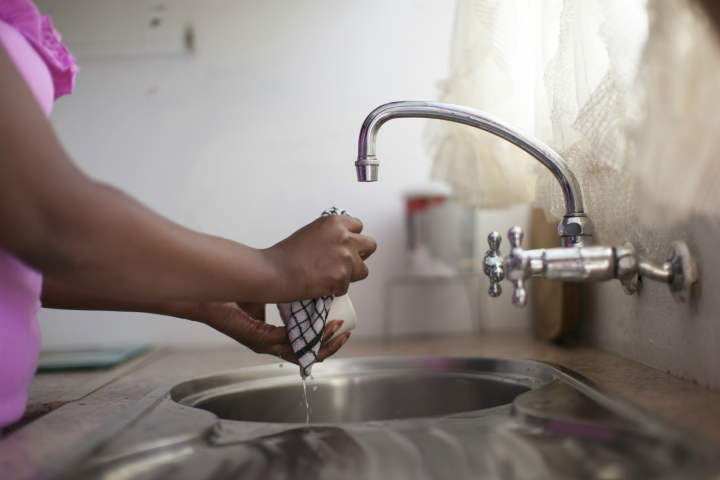Learning to live more sustainably isn’t a difficult goal to achieve if you strive to make small changes to your daily routine.
By assessing the products you use in every room in your house, you can figure out which ones to switch-out that will lessen your impact on the environment, said Julia Grieve, a Toronto-based environmentalist and entrepreneur.
“It’s so much easier to turn that green leaf than one thinks,” she told hosts on Global News’ The Morning Show.
“We’re not going to change everything overnight; little baby steps have big impacts.”
A December 2019 survey found 74 per cent of Canadians consider sustainability to be an important factor when they made purchases, according to paper manufacturer Asia Pulp & Paper’s annual sustainability report.
The report found about half of Canadians believe that individuals play an important role in making greener choices.
Although not everyone felt they were responsible for the environment, 97 per cent had participated in a sustainable activity like recycling or using their own shopping bags.
Replacing certain items in your home can allow you to become more environmentally-conscious without too much effort, explained Grieve.
Changes to make in your kitchen
Dishcloths, especially the ones you throw out after every use, can increase the waste you produce, said Grieve.
Chose dishcloths that are compostable, like sustainable sponge cloths that can replace paper towels, she said.
“You can clean your dishes, your counter and the best part is … it’s 100 per cent biodegradable,” she said.
She also recommends replacing plastic cling wrap with beeswax wrap, that’s a “game changer.”
“It’s very easy to use, I’ve had them for ages,” she said.
Another sustainable recommendation that will also add more gleam to your kitchen is a motion-sensor faucet, she said.
“It actually helps with water conservation, so you’re using less water,” she said. “Think of switching out your tap.”
Sustainability in the laundry room
The laundry room is a main culprit for waste production in a home, as we wash our clothes too often, said Grieve.
Scientists have found that using your washing machine can cause micro-plastics to enter the water stream which can harm animals in lakes and oceans, according to research from Carleton University in Ottawa.
According to Energy Star, an energy efficiency program run by the U.S. government, the average household uses more than 50,000 litres of water per year and dryers can produce about half a ton of CO2.
“We wash our clothes too much,” she said. “You don’t need to wash your jeans after every wear.”
Grieve recommends buying a fabric refresher that can add some life back into your clothes to give you more time between wash cycles. Also, using wool dryer balls allows your clothes to dry faster, so they don’t have to be in the machine longer than necessary, she explained.
“It’s just little things — you don’t have to change your entire lifestyle overnight,” she said.
For more information on living sustainably, watch Julia Grieve in the video above.
- Global News
